/ per pack
Choose seeds per pack:
Botanical nomenclature: entandrophragma caudatum (sprague) sprague
Common name: mogno of mountain
Family: meliaceae
Origin: africa
Height: 10-30 meters
Luminosity: full sun, partial shading
Very rare in culture, produces wood of first quality.
Tolerant to dry, may be cultivated in partial shading (requires some hours of direct solar lighting) or full sun and is resistant to temperatures up to -5º c.
The species is too rare and of limited commercial exploitation.
Other members of the genus entandrophragma are explored commercially for their wood, but this species in special is very spariously distributed to be economically friendly, between their dense and extremely atrotraturally atrotrant.
E.caudatum is frequently associated with baikiaea plurija (zambi teak) and kalahari basin (a large area of varzea covering part of the republic of bostwana, namibia, south africa, angola, zabe, zambia). Despite its aridity, the kalahara basin supports a variety of fauna and flowers in soils known as kalahara sands.
In habitat of origin occurally occurs in river valleys, open forests and rocky rivers.
Records inform us that your wood was traditionally used in baratseland (region between zambia and angola) to carve canoes for head paramount (guardian or tutor of the land, the traditional monarch); while peeling for dying and brassing.
The base of its trunk and lower ramos are swolled, especially when young, making it a very ornamental tree in its youth phase
Easily prospects, without mimos or special care, being required on very drained soil.
Excellent germinative rate.
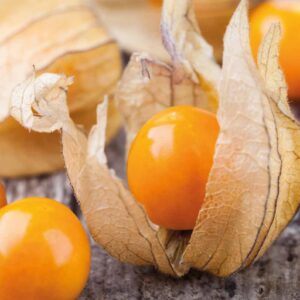
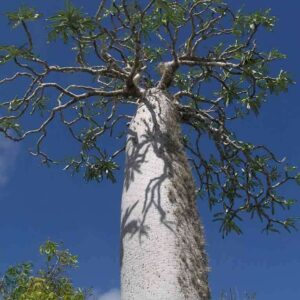
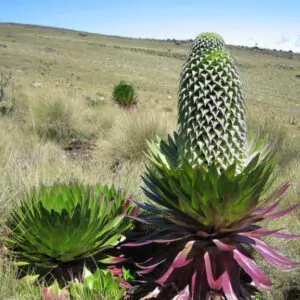
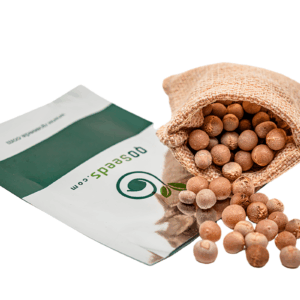
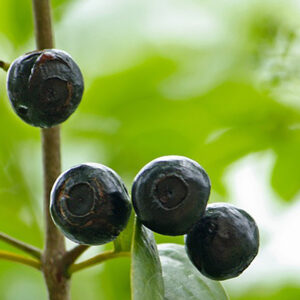
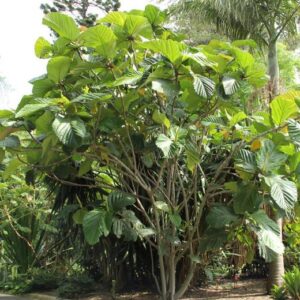
Copyright © 2025 Quinta do Ouriques
| Cookie | Duration | Description |
|---|---|---|
| cookielawinfo-checkbox-analytics | 11 months | This cookie is set by GDPR Cookie Consent plugin. The cookie is used to store the user consent for the cookies in the category "Analytics". |
| cookielawinfo-checkbox-functional | 11 months | The cookie is set by GDPR cookie consent to record the user consent for the cookies in the category "Functional". |
| cookielawinfo-checkbox-necessary | 11 months | This cookie is set by GDPR Cookie Consent plugin. The cookies is used to store the user consent for the cookies in the category "Necessary". |
| cookielawinfo-checkbox-others | 11 months | This cookie is set by GDPR Cookie Consent plugin. The cookie is used to store the user consent for the cookies in the category "Other. |
| cookielawinfo-checkbox-performance | 11 months | This cookie is set by GDPR Cookie Consent plugin. The cookie is used to store the user consent for the cookies in the category "Performance". |
| viewed_cookie_policy | 11 months | The cookie is set by the GDPR Cookie Consent plugin and is used to store whether or not user has consented to the use of cookies. It does not store any personal data. |